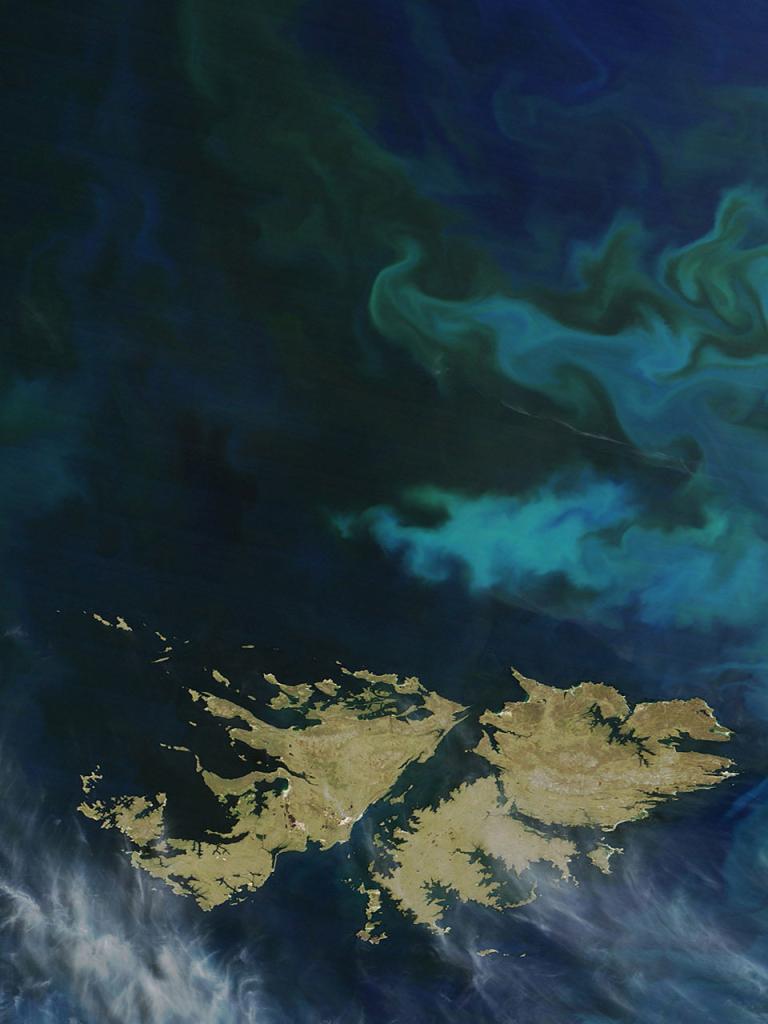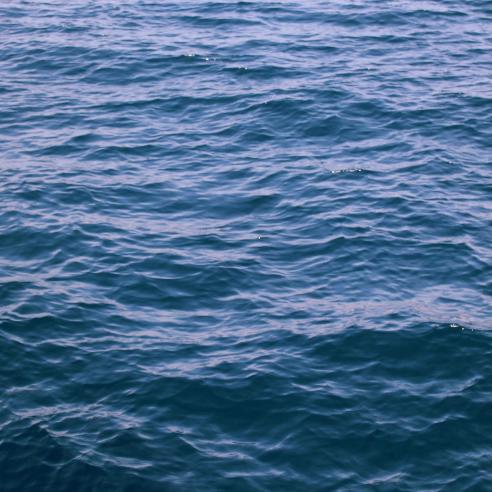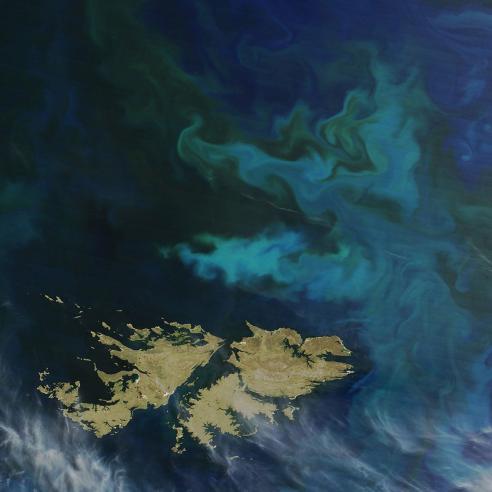07 August 2024
24 March 2020
The European Commission, via its Copernicus programme, has invested in decades of commitment to operational Earth Observation from space. As part of this programme, Ocean Colour (OC) instruments onboard the Sentinel-3 missions, as well as Sentinel-2, have become an essential source of data at global and regional scales for continuous monitoring, forecasting and alerting on the ocean biogeochemistry and the state of the ecosystems.
Through the Copernicus Marine Environment Monitoring Service (CMEMS), these data are supporting the implementation of European marine and environmental policies, contribute to climate studies, and empower economic activities. These activities include fisheries, aquaculture, shipping, water supply, tourism, offshore operations, and mitigation of health and economic risks associated with poor water quality.
Achieving the Copernicus objectives requires climate-quality ocean colour data with emphasis on accuracy and stability, both for long-term and cross-mission time series. The main challenge resides in the necessary stringent calibration and characterisation of the sensors, because the marine signal is only a small fraction of the radiometry acquired by the satellite at the top of atmosphere.
Limiting the uncertainty of water-leaving radiance to below 5%, as required by the Sentinel-3 Mission Requirement Document (MRD, 2007) and Global Climate Observing System (GCOS-200, 2016) cannot be achieved today with pre-launch and onboard instrument calibrations alone. Ocean Colour instruments require a complementary System Vicarious Calibration (SVC), i.e. an indirect calibration of the sensor and the processing algorithm through highly accurate and long-term sea-truth measurements.

EUMETSAT has been planning the development of the OC-SVC infrastructure in coordination with the European Commission Copernicus Programme, ESA and the EC’s Joint Research Centre. This development has been a contribution to the international community via the CEOS Ocean Colour Radiometry — Virtual Constellation.
The roadmap for the development of the OC-SVC infrastructure is composed of a number of phases. At the end of each phase, a review process is conducted and a decision is made whether or not to start the next phase, which requires the approval of the European Commission procurement board and may go forward or be put on hold depending on the Copernicus programmatic decisions and the availability of funding.
The approved phases are being realised via dedicated Copernicus activities. For the completed phases, the links go to the description and documentation of the finalised activities.





